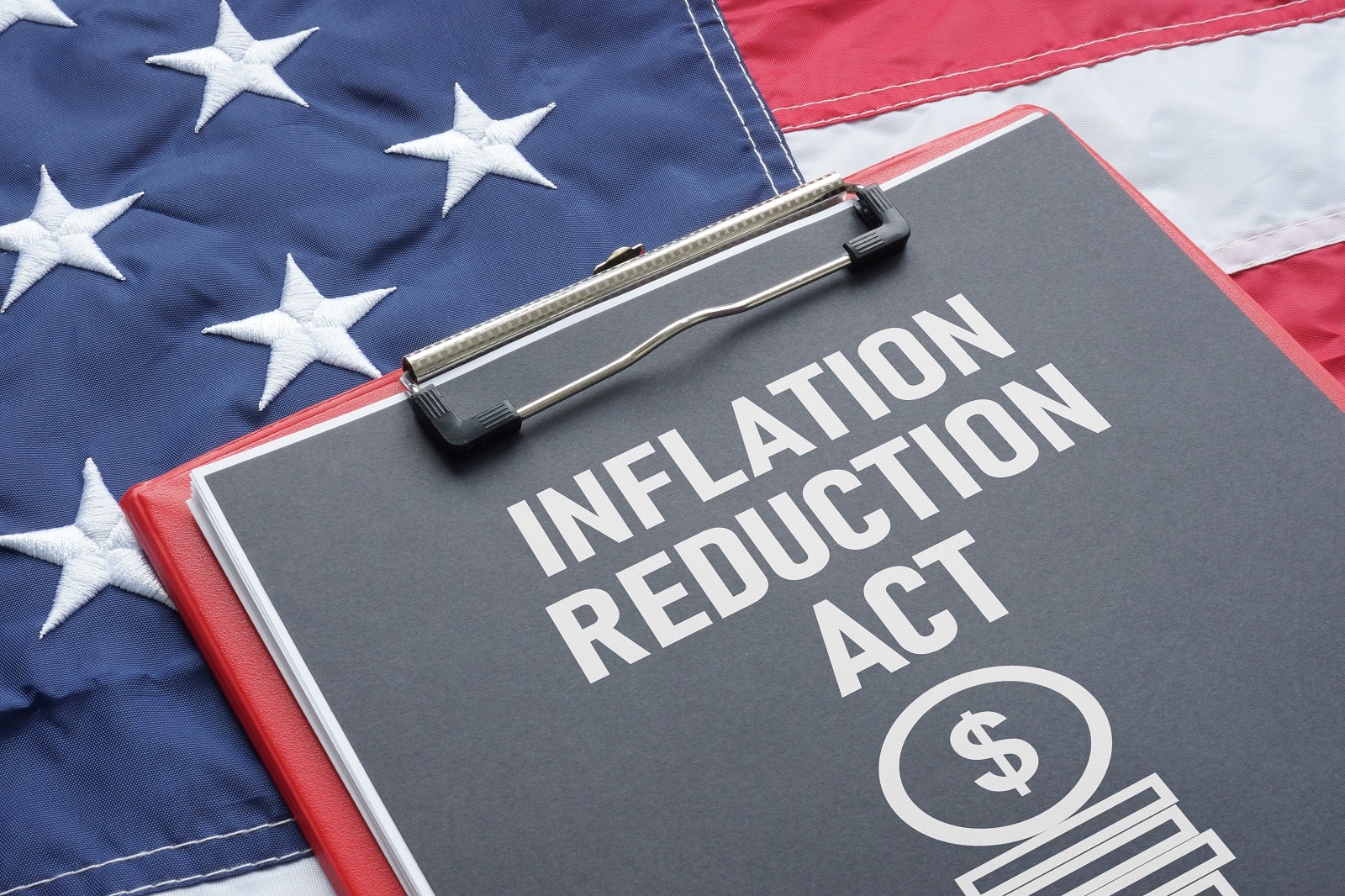The U.S. Treasury Department released its final budget results for Fiscal Year 2023, showcasing a deficit over $1.7 trillion, $320 billion higher than the previous year, this is despite claims of a “strong economic recovery.”
Yellen and Young’s Optimistic Outlook

Treasury Secretary Janet Yellen and OMB Director Shalanda Young attributed the deficit to “falling revenues” and expressed optimism about the Biden-Harris Administration’s role in sustaining economic recovery.
Building From The Bottom Up

“Biden-Harris Administration’s record of building the economy from the middle out and bottom up helped sustain a significant economic recovery and laid the groundwork for more durable and shared long-run growth over the last year,” they said.
A Solution to Falling Revenues

The Treasury also credited the importance of President Biden’s “enacted and proposed policies to reform the tax system.” Yellen promised the administration’s commitment to tackling the “global headwinds” that the economy has faced.
Inflation and Job Growth

Yellen reassured the public that the U.S. economy remains resilient, “Our economy added over 300,000 new jobs in September, and our GDP growth continues to surprise forecasters,” she said.
Responsibility in Action

Yellen noted President Biden’s commitment to fiscal responsibility, citing the signing of over $1 trillion in bipartisan deficit reduction earlier in the year. “The President has put forward a budget that reduces the deficit by another $2.5 trillion over the decade,” she stated.
Ensuring Fair Contributions

The Treasury’s announcement coincided with the IRS’s launch of new initiatives. “The big corporations and wealthiest Americans will pay a fair share,” Yellen said.
Praise for Biden

Director Shalanda Young praised President Biden’s leadership, noting that under his guidance, inflation has decreased and employment has surged.
A Booming Job Sector

“Under his leadership, inflation is down, job growth remains strong, and unemployment is near record lows,” Young said.
Biden’s Balancing Act

“Investing in our nation and achieving meaningful deficit reduction are not mutually exclusive,” Young declared, heaping praise on the administration’s successful balancing act.
Economic Recovery

While the Biden administration paints a picture of economic recovery, the FY 2023 final budget results expose the reality of the national debt.
An Increase In Borrowing

The deficit stands at 6.3 percent of GDP, marking an increase from 5.4 percent in FY 2022, with total federal borrowing reaching $26.2 trillion.
Unsustainable Debt Projection

The FY 2023 results align with a Government Accountability Office (GAO) report, “Debt held by the public is projected to reach its historical high of 106 percent of GDP within 10 years,” the GAO report warned.
Growing Consequences

“Steadily increasing net interest spending over the next 30 years will further widen the total budget deficits,” the report predicted, revealing the potential long-term consequences.
A Call for Government Spending Reduction

Government spending must be significantly reduced to address the rising debt. “A road map is needed to address the nation’s projected unsustainable debt,” the GAO report continued.
Public Debt Set To Reach Historic High

“Debt held by the public is projected to reach its historical high of 106 percent of GDP within 10 years and to continue to grow at an increasing pace,” the report said, before giving a dire realization to the public.
The U.S. Reputation in Danger

The report warned, “GAO projects that this ratio could reach more than twice the size of the economy by 2051, absent any changes in revenue and spending policies,” meaning that, according to experts, the U.S. is in danger of being demoted to a third-world country.
The post Deficit Reality: U.S. Hits $1.7 Trillion Despite Recovery Claims first appeared on Swift Feed.
Featured Image Credit: Shutterstock / christianthiel.net.

